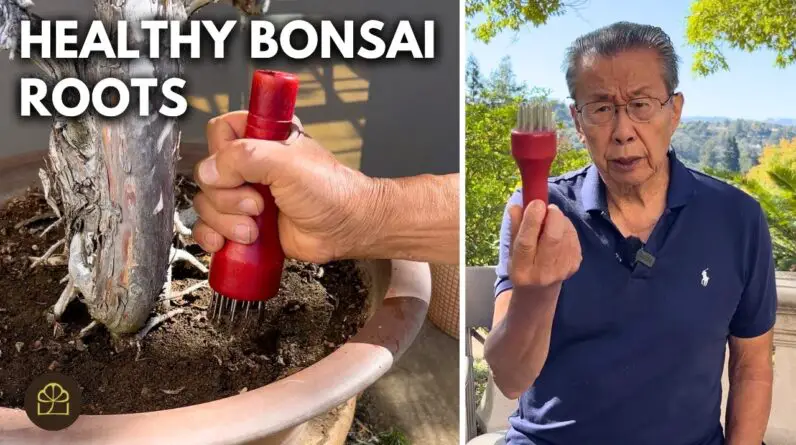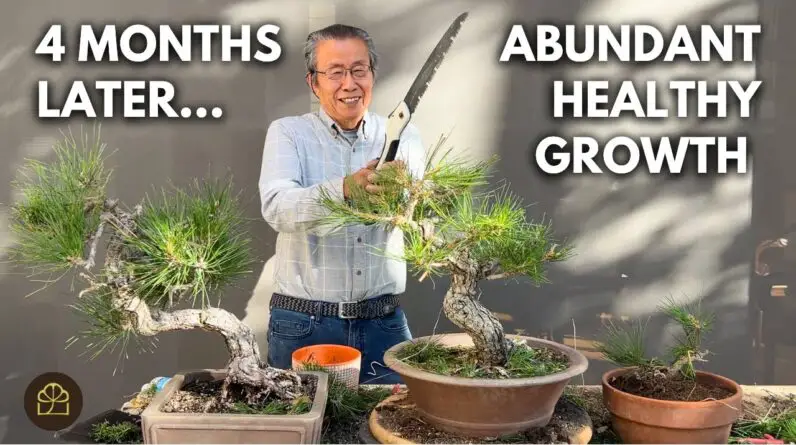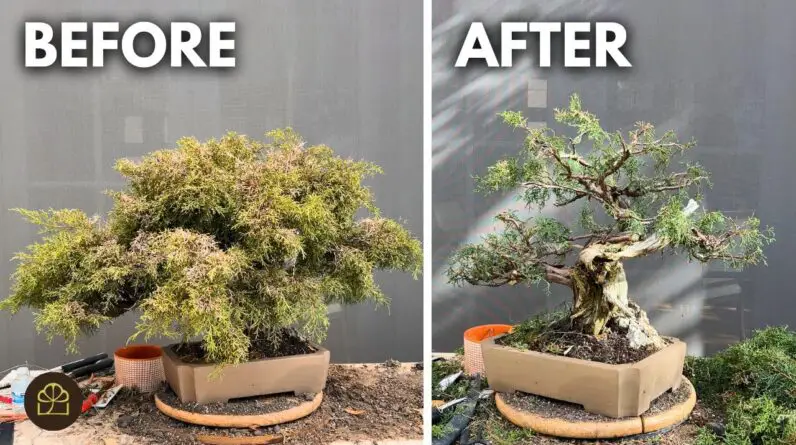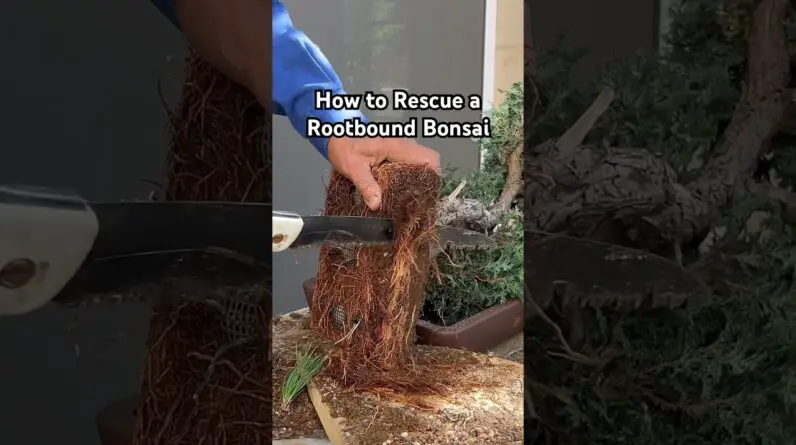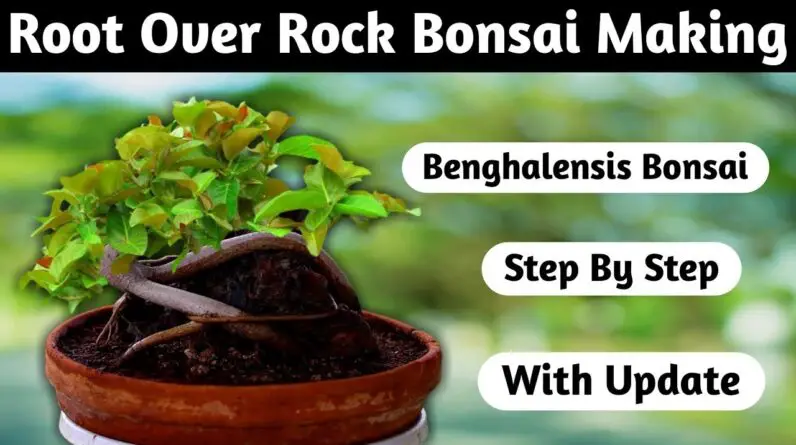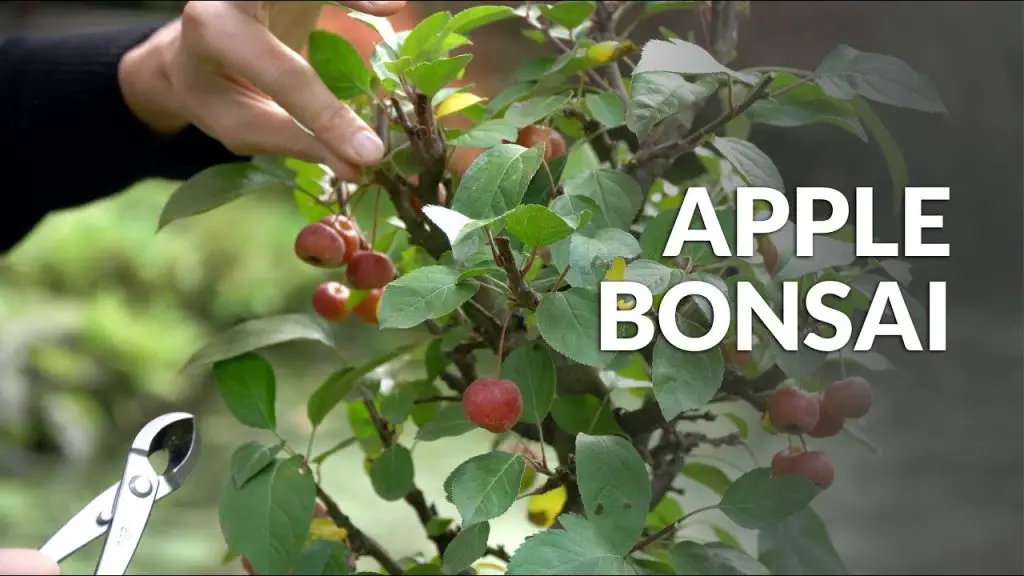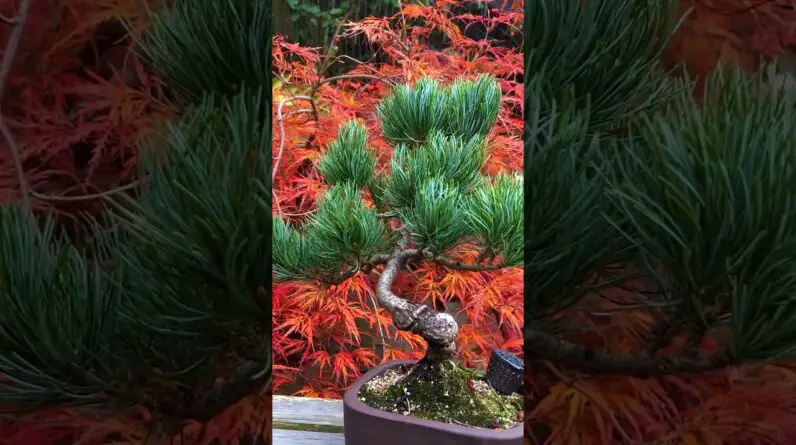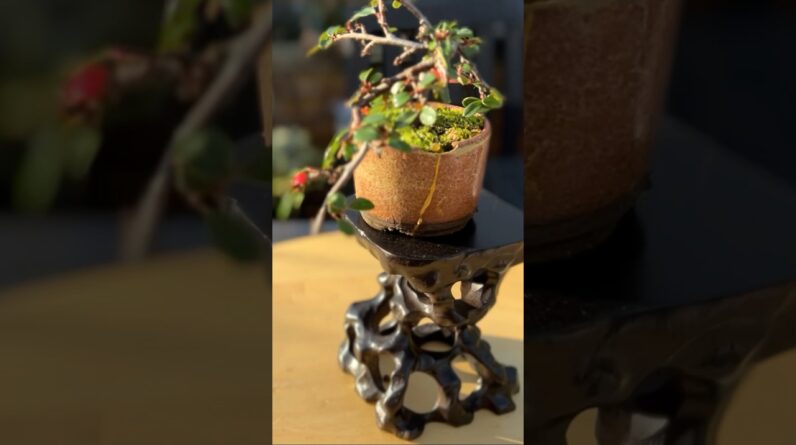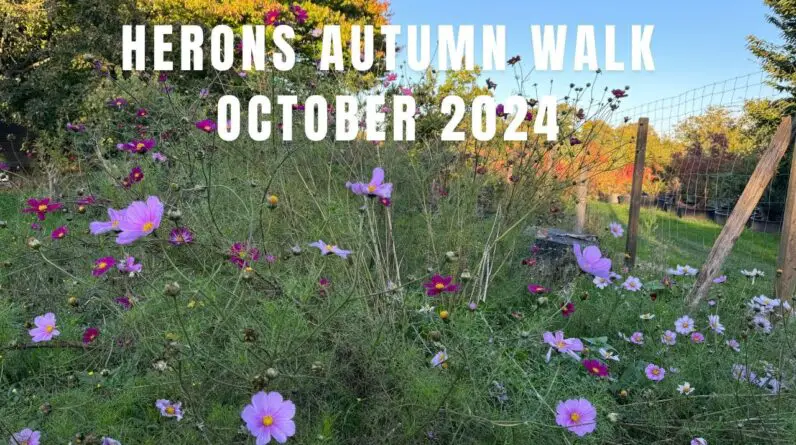Wish to discover just how to make an Apple bonsai tree? In this video by Bonsai Empire, they reveal you just how to prune and wire an Apple tree that is around 15 years old. The video clip was filmed throughout autumn, when the tree was filled with little apple trees.
Bonsai Empire is passionate concerning sharing the living art of Bonsai and created this DIY tutorial to aid and influence newbies. This video clip belongs to their on the internet programs, yet they use many other cost-free videos also.
So if you have an interest in learning more about Bonsai techniques, head over to Bonsai Empire’s internet site!
In the video, they discuss the process of pruning and electrical wiring this Apple bonsai tree. They make use of small pruning shears, pliers, and wire cutters. The top branch is the initial to be trimmed, and after that they concentrate on 2 thicker branches to attain the wanted shape.
They show the value of a 360-degree approach when cutting and electrical wiring to avoid any type of dead angles. After the trimming and wiring, the tree looks extra refined and well balanced. With routine upkeep, this tree will certainly remain to prosper and expand new branches in the upcoming spring. If you wish to discover more regarding pruning, wiring, and repotting strategies, think about signing up with Bonsai Empire’s on-line programs and gain access to specialist support and the possibility to ask the teachers concerns straight.
Apple Bonsai Tree: An Intro
Invite to the globe of apple bonsai trees! Producing and growing a miniature apple tree can be a satisfying and fulfilling leisure activity. Not only do these bonsai trees supply a beautiful aesthetic, however they also provide the chance to expand your own fruits in a tiny and workable area.
In this comprehensive post, we will certainly direct you through the procedure of choosing the right apple tree range, gathering the essential materials, expanding the tree from seeds, trimming and wiring strategies, correct upkeep, potting considerations, and the distinctions between outdoor and interior apple bonsai trees.
Think about the Size of the Bonsai
When choosing an apple tree selection for bonsai cultivation, it is essential to take into consideration the best dimension of the tree. Since bonsai trees are meant to be mini variations of their larger equivalents, choosing a selection that naturally remains little is vital. Search for apple tree selections that are understood for their portable growth and smaller sized stature, such as columnar apple trees or normally dwarf selections. This will ensure that your bonsai remains symmetrical and is easier to handle.
Choose a Crab Apple Tree Range
Crab apple trees, with their small and vivid fruits, are frequently the preferred option for apple bonsai growing. These trees normally have much more delicate and symmetrical functions, making them well-suited for bonsai aesthetics. Additionally, crab apple trees are hardy and adaptable, making them much easier to take care of and keep as bonsai samplings. Take into consideration selections such as Malus sylvestris or Malus floribunda, which are commonly made use of in bonsai farming.
Consider the Environment and Location
Prior to picking the apple tree selection for your bonsai, it is very important to think about the climate and location where you plan to grow it. Different apple tree varieties thrive in different environments, so choose a variety that is well-suited to your particular region. Furthermore, bear in mind the quantity of sunlight and temperature level demands of the picked selection. Many apple trees need full sun to flourish, so ensure that your selected location supplies sufficient sunshine throughout the day.
Select an Appropriate Bonsai Pot
Picking the right bonsai pot is important for the health and wellness and aesthetic appeals of your apple bonsai tree. Seek a pot that is in proportion to the size of your tree and complements its total style. Bonsai pots are available in various materials such as ceramic, plastic, or clay. Each material has its own benefits and factors to consider, so choose one that suits your personal choices and the particular demands of your apple bonsai tree.
Obtain High Quality Bonsai Soil
Top notch bonsai dirt is vital for the healthy and balanced growth of your apple bonsai tree. The dirt should offer appropriate drain while retaining enough moisture for the tree’s roots. You can acquire pre-made bonsai soil blends that are specifically developed for bonsai cultivation, or you can produce your very own mix by incorporating components such as Akadama, pumice, and lava rock. Experimentation with various soil mixes might be needed to locate the suitable equilibrium for your apple bonsai tree.
Acquire Pruning and Electrical Wiring Devices
Trimming and wiring are necessary techniques for forming and keeping the kind of your apple bonsai tree. To effectively prune and wire your bonsai, you will need a set of appropriate tools. Some essential tools include a concave branch cutter for exact pruning, bonsai cable cutters for managing the cord, and pliers or tweezers for intricate work. Buy top quality devices to ensure accuracy and lessen damage to your apple bonsai tree.
Gathering Apple Seeds
One of the most fulfilling methods to start an apple bonsai tree is by expanding it from seeds. You can accumulate apple seeds from ripe fruits or purchase them from trusted distributors. Make sure that the seeds are fresh and viable for the very best possibilities of germination.
Preparation of Seeds for Planting
Before planting the apple seeds, it’s important to prepare them for optimum germination. Start by saturating the seeds in water for 24 hr to soften the outer seed coat. After saturating, eliminate the seeds from the water and allow them to dry for a few days. This process aids break the seed’s dormancy and raises the possibilities of effective germination.
Planting and Germination Process
As soon as the seeds are prepared, plant them in tiny pots full of well-draining bonsai dirt. Place the pots in a cozy and sunny area, and maintain the dirt continually wet. Germination usually takes about 2 to four weeks, depending on the range and ecological conditions. When the plants have actually grown, select the healthiest ones to continue growing as your future apple bonsai trees.
Recognizing Pruning Strategies
Trimming is a crucial aspect of bonsai cultivation that aids preserve the tree’s dimension, form, and general looks. By uniquely getting rid of branches and vegetation, you can attain the wanted form and equilibrium. Learn more about various pruning strategies such as upkeep pruning, branch trimming, and pinching to maintain the wellness and form of your apple bonsai tree.
Determining the Right Branches to Prune
When trimming your apple bonsai tree, it is essential to identify the branches that need to be pruned. Search for branches that interfere with the wanted kind or hinder the tree’s general equilibrium. Remove any type of dead, harmed, or undesirable branches to promote healthy development and protect against disease. Speak with bonsai resources or seek assistance from experienced bonsai fanatics if you’re unclear which branches to trim.
Pruning to Attain Preferred Forming
Pruning is not just about maintenance yet likewise concerning shaping your apple bonsai tree. Usage trimming techniques to direct the tree’s growth and accomplish the preferred form and design. Think about typical bonsai shapes such as formal upright, inclining, or cascade, and adjust them to match the features of your apple bonsai tree.
Preparing the Tree for Wiring
Electrical wiring is an additional necessary method in bonsai farming that helps develop and preserve the desired form and framework of your apple bonsai tree. Before using cables, make certain that the branches and trunk are versatile adequate to be controlled without triggering damages. Younger branches are extra adaptable and easier to wire, while older branches might need gradual flexing gradually.
Selecting the Right Wire Size
Choosing the ideal cable size is vital to stay clear of harming the branches of your apple bonsai tree. The cable should be solid sufficient to hold the desired shape without cutting into the bark. Pick a cable dimension that is roughly one-third of the density of the branch being wired. Copper or light weight aluminum wire is commonly used, however see to it it is soft sufficient to be quickly formed.
Applying Wiring Methods
To wire your apple bonsai tree, beginning by wrapping the wire at the base of the branch or trunk and after that delicately spiral it upwards, ensuring to keep a 45-degree angle between the cable and the branch. Be careful not to wrap the wire also firmly, as it can limit the tree’s blood circulation and cause damages. Once the desired form is achieved, safeguard the wire by turning the ends together or using wire clips. Eliminate the wire after a few months to avoid it from cutting into the bark.
Watering and Wetness Control
Proper watering is important for the health and vigor of your apple bonsai tree. The frequency and amount of water required depend on various factors such as the climate, pot dimension, and tree’s development phase. Water your apple bonsai tree when the leading inch of dirt really feels completely dry, ensuring that the water reaches the entire root system. Stay clear of overwatering, as it can lead to root rot and various other fungal illness.
Fertilizing and Nutrient Requirements
Keeping dirt fertility is crucial for the healthy development of your apple bonsai tree. Use a balanced plant food during the expanding season to give the needed nutrients for optimal growth. Usage organic or slow-release plant foods specifically formulated for bonsai trees, following the suggested dosage directions. On a regular basis monitor the tree’s reaction to fertilizing and readjust the feeding routine appropriately.
Insect and Disease Administration
Like any other plant, apple bonsai trees can be susceptible to various parasites and diseases. Regularly inspect your tree for signs of infestation, such as blemished fallen leaves, parasites, or irregular growth. If any type of problems are found, without delay take suitable steps to manage and get rid of the problem. Think about using natural bug control approaches or consult with experts if required.
Repotting Frequency and Timing
Repotting is a necessary job in bonsai cultivation that enables root system health and wellness and total growth control. The frequency and timing of repotting depend upon different aspects such as the age and growth price of the apple bonsai tree. As a general standard, repotting is commonly done every a couple of years, ideally during the very early springtime before the tree starts actively growing.
Picking a Correct Bonsai Pot
When repotting your apple bonsai tree, select a new pot that is slightly larger than the present one. Consider the appearances and overall equilibrium of the tree when picking the pot’s form and style. Ensure that the pot gives appropriate water drainage holes and is made from a product that is suitable for bonsai growing.
Transplanting and Root Trimming
During repotting, carefully get rid of the tree from its present pot and gently loosen up the root sphere. Inspect the roots and trim any type of damaged or excessively lengthy roots. This procedure, known as origin pruning, assists promote brand-new root growth and maintains the tree’s root system portable. After root trimming, place the tree in the new pot, making certain that the origins are evenly dispersed and covered with fresh bonsai soil.
Proper Potting Strategies
When potting your apple bonsai tree, use proper techniques to ensure its stability and healthy development. Setting the tree somewhat off-center in the pot to produce a sense of movement and balance. Secure the tree in place making use of bonsai cables or rocks, and fill up the remaining room in the pot with bonsai soil, making sure that no air pockets are left. Water the fresh potted tree thoroughly and check its recovery during the adhering to weeks.
Advantages and Considerations for Outdoor Bonsai
Growing an exterior apple bonsai tree allows it to experience the natural changing seasons, which can enhance its overall beauty. Outdoor bonsai trees generally have more space to grow and develop a stronger root system. However, outdoor bonsai trees require careful consideration of climate and weather conditions, protection from extreme temperature fluctuations, and regular exposure to sunlight.
Benefits and Challenges of Indoor Bonsai
Growing an apple bonsai tree indoors provides more controlled conditions and allows enthusiasts in colder climates to enjoy bonsai cultivation year-round. Indoor bonsai trees require careful attention to temperature, humidity, and lighting conditions. Supplemental lighting may be necessary, especially during the winter months when sunlight exposure is limited. Additionally, indoor bonsai trees may require more vigilant pest and disease management due to the controlled environment.
Creating and caring for an apple bonsai tree is a rewarding and fulfilling endeavor. With proper knowledge and techniques, you can enjoy the beauty of nature in a miniature form and even grow your own miniature apples.
By choosing the right variety, gathering the necessary materials, mastering pruning and wiring techniques, maintaining proper care, and selecting the right pot and location, you can cultivate a stunning apple bonsai tree that brings joy and tranquility to your surroundings.
Happy bonsai cultivation!
[sspostsincat category=”Do Bonsai Apple Trees Produce Fruit”]



